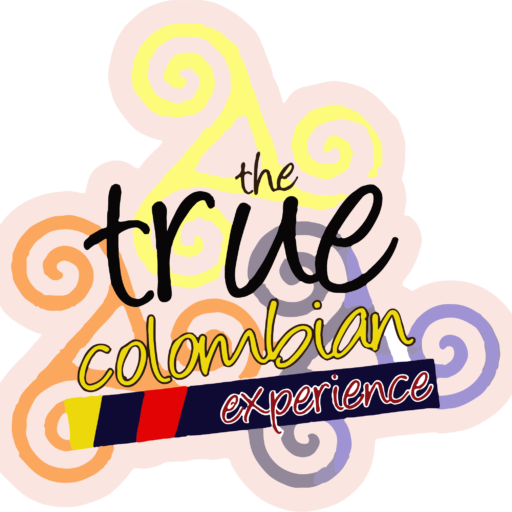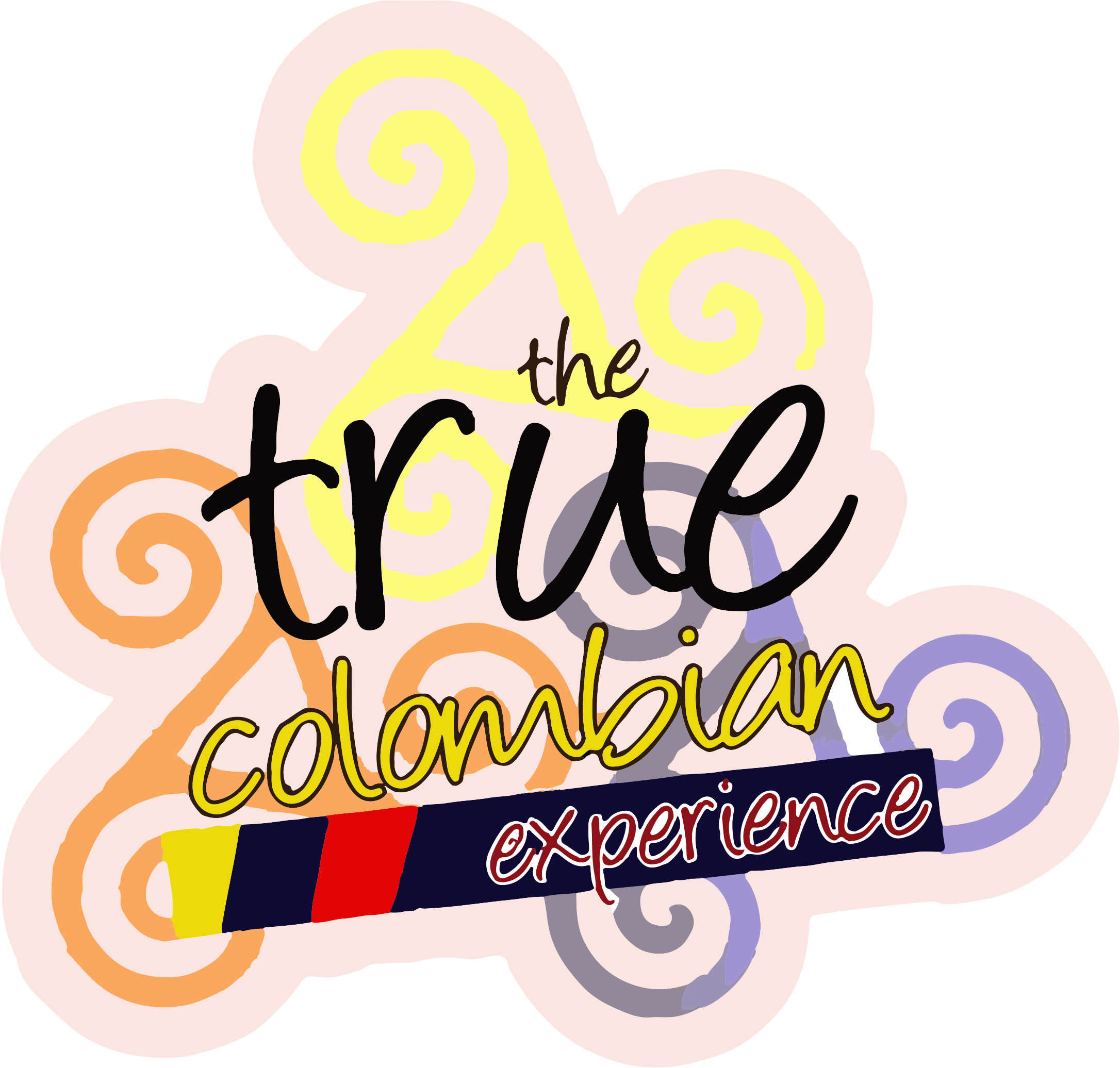I wanted to walk, to see Bogotá — the real Bogotá. Not that superficial photograph sold in tourist magazines. Just then, the guide came to tell me we were heading to the door of the cathedral.
“I’m not really very religious,” I told her, and she smiled.
We were walking down the street in front of the Botero Museum. I had visited it yesterday — it was magnificent. Meanwhile, many people were selling things on the street. Yaqueline, the guide, seemed to know everyone.
We arrived at a block full of restaurants. All the vendors offered their places to tourists, but no one approached our group. They already knew the guide, and I liked that. I could already see the old cathedral on the corner. I guessed Colombians are very religious, and that’s why we were going there, I said to myself. Suddenly, the guide said:
“We have arrived, my people.”
I was about to say:
“The cathedral is on the corner, Yaqueline.”
But before we could say anything, she invited us in. It was a tall wooden door that led to a hallway, interrupted by a glass door with the name La Puerta de la Catedral written on it. Now I understood — Yaqueline wasn’t referring to the church, but to this restaurant.
As I looked around, I realized we were no longer in present-day Bogotá. We had traveled back to the 1700s. The house was imposing, with a main room that also housed the kitchen. Everything moved harmoniously. The waiters carried trays loaded with avocados and colorful foods up a staircase that evoked princess castles and fairy tales.
We followed Yaqueline to the second floor, where the place surprised us even more. She told us the house was a living memory of Colombia’s republican era, just after the Spanish colony. It was a sample of the country’s history, preserved by the Colombian family who owned the restaurant and focused on keeping traditions alive through gastronomy.
We met Aura, the family’s matron and one of the creators of this magical place. She shared secrets of the house: how it once hosted clandestine classes for women when education was forbidden, how revolutionary meetings were held there, and how it served as a venue for Colombia’s first congress. The magic of Bogotá — past and present — was palpable.
It was seen in the republican arches and the French-style decorations of the roof, which preserved memory and honored the city’s future. We were invited to sit at a long rectangular table. Yaqueline stood at the head and said:
“Guys, at this stop on our Colombian Cuisine Exploration, we are going to try ajiaco.”
She moved her hands to the rhythm of Colombian music playing in the background and added:
“Ajiaco is the signature dish of Bogotá. As the capital, it represents the country well — it’s a soup.”
The dishes landed on the table. Yaqueline was the director, we were the orchestra, and the instruments were avocado, corn, rice, capers, and cream. In a black clay pot, the thick soup with potato and chicken was served.
“Please put the ingredients one by one,” the guide commented.
A spoonful of soup with capers — taste the flavor. Then another with rice. The third with avocado. Finally, mix the soup with cream — it becomes a different dish. Each spoonful was an explosion of flavors. Every combination offered a unique taste I had never experienced before.
When we finished, Yaqueline invited us to return to The Cranky Croc Hostel to complete our Candelaria walking expedition. I was flying with excitement. At La Puerta de la Catedral, I had found what I came to Colombia for — the real Bogotá.
Without a doubt, one of the most significant stops on our Bogotá City Wanderings. We thanked her with a round of applause and left.
🌟 Want to taste the real Bogotá yourself?
If this story stirred your curiosity and appetite, you can live your own culinary adventure. Join our Bogotá Cooking Class & Market Visit — a hands-on experience that brings Colombia’s flavors and stories to life. Book now and cook like a local!
By Fredy Calderón






